15 Best Practices for Customer Relationship Management Software Implementation
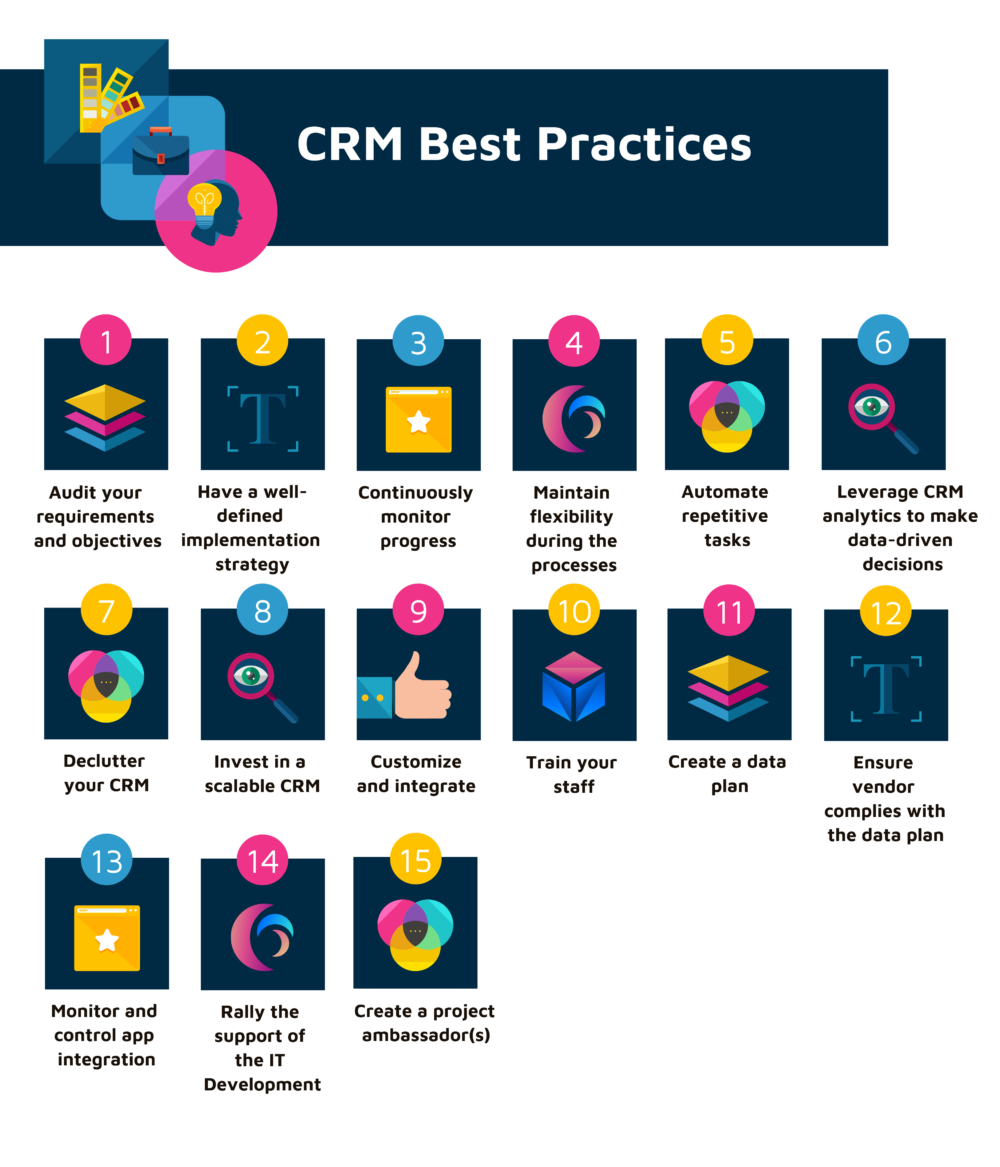
In the business environment today, many CRM companies and IT departments are putting in a lot of effort to ensure your data is clean and to maintain its quality. This process is commonly known as CRM deduplication or data normalization.
Unfortunately, no organization has had a very successful approach; not even Fortune 500 companies like Oracle, Microsoft, among others. Such questions as ‘what could be the problem?’ and ‘how are we incapable of solving this problem?’ linger in every business executive’s mind. Who then decides the standard and do institutions have the mandate to dictate the format for data storage?
Well, the answer is NO. Every business model has its own unique needs and different institutions may prefer to manage their data via varied systems because of their own different reasons.
Hence, it would be wrong if a vendor enforces a single set of rules on all their clients without taking into consideration of the unique needs of each organization. It is up to the organization to identify their needs and to only adopt a CRM system that works for them.
Finding the right implementation strategy for any business can be tricky. Each organization has to account for the size of the organization, existing infrastructure and various business operations within the organization, and thus installation plans need to adapt to such factors. The first thing that any organization needs to do is to create and develop a CRM data plan to avoid duplication of data within the CRM system, and thereby ensure that data is clean and of good quality.
As an organization, it is essential that you have a clear well-laid strategy and an idea of what objectives you would like to fulfill by implementing a CRM system. It is also worth noting that even though your CRM system could be up and running perfectly, there are times when you encounter some challenges with the system. In many cases, they could be issues to do with underutilization in some areas or some bad decisions or practices, which might hamper your implementation efforts.
In order to have a seamless CRM, here are some of the best practices that organizations can adopt.
Best Practices for Customer Relationship Management Software Implementation

15 Best Practices for Customer Relationship Management Software Implementation
CRM Best Practices 1- Audit your requirements and objectives
A business should perform a complete inventory of its existing assets and infrastructure requirements before creating an implementation schedule. You should consider the following: what CRM features your organization might need; available budget for purchase and implementation of the CRM system; the scope of infrastructure needed to host such a system; and the kind of training needed to ensure your employees can make maximum use of the system toward achieving set targets.
By doing this, you will have enough information to create an implementation schedule and avoid hitches along the way.
CRM Best Practices 2- Have a well-defined implementation strategy
If you really want to implement a CRM system that will perform at an optimal level, it is necessary to have a set of clearly defined implementation strategy. Implementation can be a tedious process as it is not an event but a process, and it doesn’t stop at installation.
First, an organization needs to prepare existing data for migration. Second, they need to configure their existing systems before installation. After this, you can then proceed to import data to the new system and integration of the service can begin. In addition, project managers should create enough time for the implementation process and put in place provision for checking for any redundancies in the system.
CRM Best Practices 3- Continuously monitor progress
When creating the implementing schedule, there is a need to check progress of the implementation and to modify processes to align them better with the objectives of the CRM system. Regular meetings with the software vendor should be arranged to provide assistance in the implementation as well as schedule reassessment. All stakeholders should provide relevant updates and reports on the successes as well as the failures of the implementation.
CRM Best Practices 4- Maintain flexibility during the processes
The organization should not stick too much to the implementation schedule, especially if doing that might hamper the performance of the software. In the course of implementation, users might come across other useful CRM services that had not been anticipated, and which cannot be ignored. Hence, all stakeholders must be ready to adjust if and when requires so as to improve the performance of the CRM system.
CRM Best Practices 5- Automate repetitive tasks
The implementation process can involve a lot of repetitive tasks, such as data entry, preparing reports, sending out emails, among others. However, these tasks can affect the productivity of the implementation team.
Therefore, it is necessary to automate such processes so you can save time and focus on more demanding tasks. One way to do this is setting up personalized email templates that can be sent automatically after a certain predetermined condition is met.
CRM Best Practices 6- Leverage CRM analytics to make data-driven decisions
A CRM system is normally designed to make it easy to collect and store important client data. With advancements in technology, modern CRM systems can perform predictive analytics which can enable business executives to make smarter informed decisions.
Hence, organizations should make use of available tools and metrics as they can provide insights that could help to boost overall performance of the system.
CRM Best Practices 7- Declutter your CRM
It is worth noting that being able to handle massive data does not always translate to the effectiveness of a system. In fact, having too much data which in many cases is usually unnecessary can negatively influence your ability to make informed decisions.
In addition, storing such data can be of no value and expensive in the long run. It is therefore important to schedule regular data cleansing and deduplication to ensure insights begotten of the data are accurate and reflect the current situation in the organization.
CRM Best Practices 8- Invest in a scalable CRM
At a point, an organization can be only a startup but it can turn out to be a huge company as time goes by. This only means that the organization will employ extra staff, simple business processes will become complex, and so on.
Hence, the CRM system an organization intends to implement should be able to grow along with the organization and also allow for adapting to changes as the organization grows. This can be avoided by implementing a CRM system that is scalable and capable of accommodating business development and expansion.
CRM Best Practices 9- Customize and integrate
The business landscape is constantly changing and your CRM system must be able to keep up with emerging trends. Therefore, a good CRM system should allow for integration with third-party apps as well customization of features so you can tailor your system to make it align with set objectives.
CRM Best Practices 10- Train your staff
In many cases, your technical staff could sidestep some of the regulations and processes set up. This could impede the success of your system and you will not achieve your set objectives. Therefore, it is important that you regularly train your staff to ensure they can make full use of the system for the benefit of the organization.
CRM Best Practices 11- Create a data plan
Every company is unique and no single rule can govern CRM implementation in different companies. Hence, any company will have to create its own data plan and rules regarding how to format that data.
This plan should be stored in a central location where it can be accessed by all stakeholders. As mentioned at the beginning, an effective CRM data plan can help avoid CRM deduplication and also act as a single-point-of-truth for the company.
CRM Best Practices 12- Ensure vendor complies with the data plan
It’s one thing to create a data plan, but it’s quite another to ensure that the software vendor complies with it. Hence, organizations should not compromise on the data plan but rather ensure that the vendor is able to deliver the format in which you want your data.
CRM Best Practices 13- Monitor and control app integration
To ensure that a CRM system will provide expected benefits, organizations need to monitor complementary apps to ensure that they don’t dump data into the system. Sometimes this might be a bit tricky; however, you can try using direct exporting systems that comply with your data plan and which can do deduplication in real-time.
CRM Best Practices 14- Rally the support of the IT Development
The implementation process can be even smoother if it is embraced by the IT department. Hence, it is of significant importance to ensure that your IT staff support your data plan. One way to do this is by including the IT team in the development of the plan.
CRM Best Practices 15- Create a project ambassador(s)
While there is a project manager for the implementation process, an organization should create a person who knows all there is to know about the system. This person should be able to enlighten other staff on the functionalities and benefits of the system.
Such a person should also work be in close contact with the vendor to ensure they are up to date with any upgrades or modifications to the system.
Conclusion
When an organization adopts a CRM system while making sure to follow the practices listed above, it is very much possible to achieve great results from such software. However, the implementation process requires a lot of commitment in terms of time and effort from all involved stakeholders.
Here are the trending and the top rated Top Free CRM Software for you to consider in your selection process:
Here are the trending and the top rated Top CRM Software for you to consider in your selection process:
What are the Best Practices for Customer Relationship Management Software?
The Best Practices for Customer Relationship Management Software includes Audit your requirements and objectives, Have a well-defined implementation strategy, Continuously monitor progress, Maintain flexibility during the processes, Automate repetitive tasks, Leverage CRM analytics to make data-driven decisions, Declutter your CRM and Invest in a scalable CRM.


























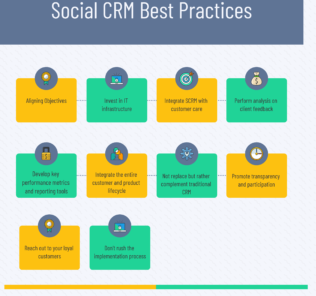
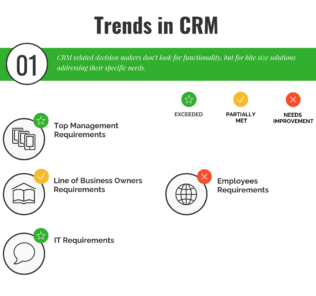


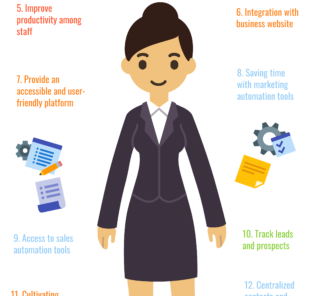
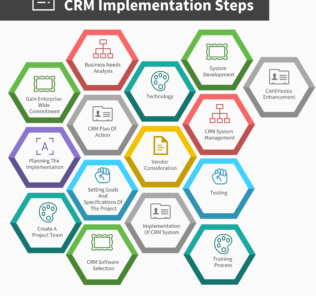




By clicking Sign In with Social Media, you agree to let PAT RESEARCH store, use and/or disclose your Social Media profile and email address in accordance with the PAT RESEARCH Privacy Policy and agree to the Terms of Use.